Three new vans were unveiled today. They have new cockpits and control interfaces, aiming at higher safety and productivity, and stress-free driving. Driver assistance features include LED headlights.
The second-generation zero-emissions systems were fully designed and built by Stellantis, including new regenerative braking systems.
Compact vans
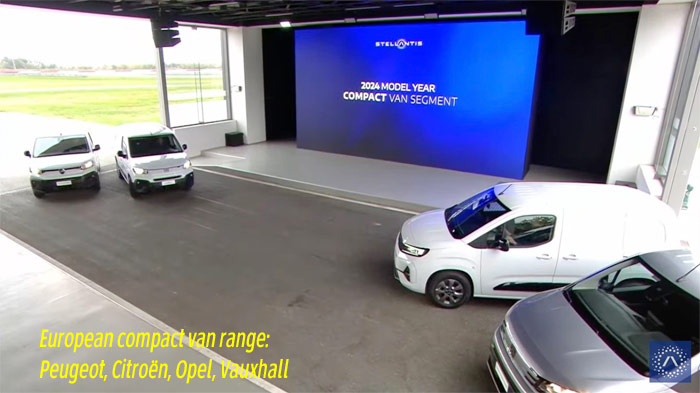
The new compact van series was customized for each brand. Opel/Vauxhall has high tech; Peugeot has the “i-cockpit,” a cleverly designed interior; Fiat has “magic cargo space” for customer; and Citroën has “advanced comfort” seats. The exteriors all have different front end appearances. A smartphone station allows the owner’s smart phone to take the place of normal telematics, including a car app. Instrument panel displays are over 10 inches diagonal and 360° vision is available—as are digital rearview mirrors.
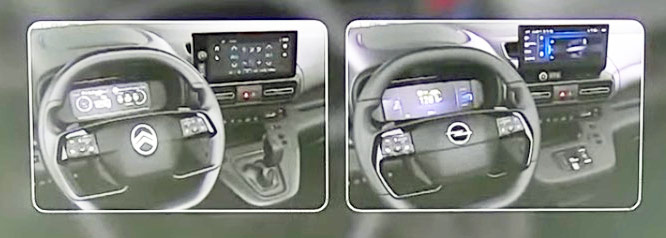
Electric range is now up to 330 km, around 50 km more than prior models. A heat pump optimizes energy use in the winter to increase range. There are four body types including people-mover, two lengths, up to one ton of capacity, load length up to 3.44 meters, and a BEV or gasoline engine.
Midsize vans
Midsize vans have new instrument panels with digital clusters and over-the-air capabilities. They have surround vision for easier parking and safer driving.
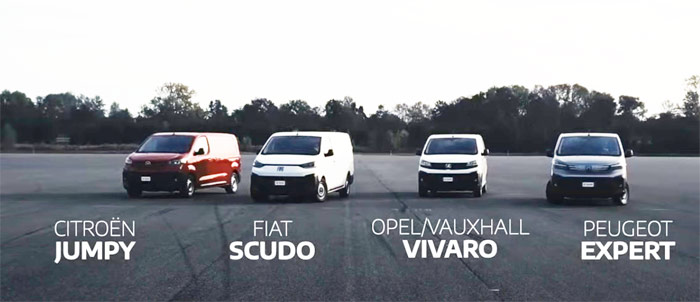
In mid-2024, the hydrogen fuel cell motor will be available using STLA’s exclusive mid-power concept which replaces batteries with hydrogen tanks. It will provide 400 km of range, with fast refuelling. The second-generation BEVs will have 50 or 75 kw-h, improving range to 350 km (American standards are tougher than European standards for range).
There are six body types, including people mover; two lengths; and gross weights up to 14 tons.
Large vans
The large vans, excluding Ram, have new human-machine interfaces with a full digital gauge cluster; eat-and-work seat bench (reminiscent of the 1992 Dodge Ram 1500); and Level 2 assisted driving. They are the first large vans to reach Level 2 autonomous driving.
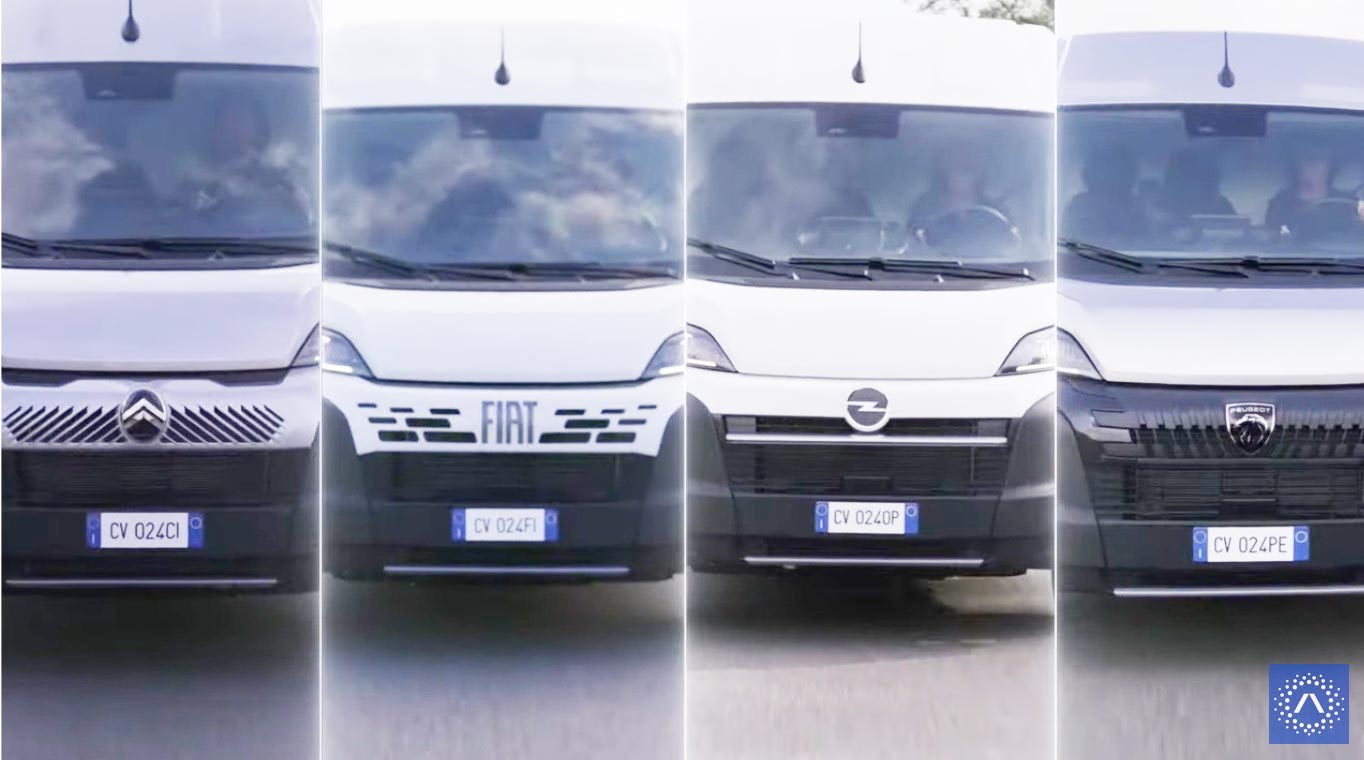
The BEV range is best in class—420 km—from a 110 km/h battery pack. From 0-80% charge takes less than one hour with fast charging. The first ever fuel-cell large van is coming next year. They will have new eight-speed automatic transmissions. Gasoline models will have 9% better fuel economy, with new engines, but with higher torque.
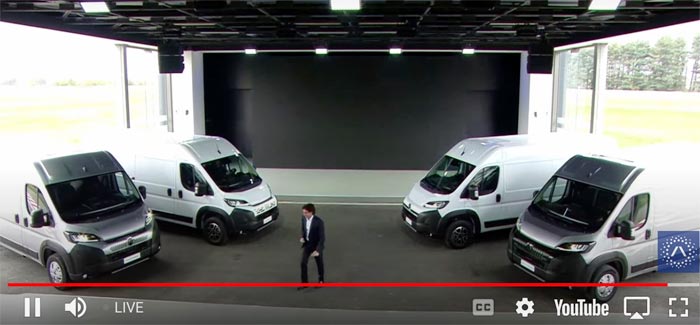
A Ram version of these new large vans was conspicuously absent. It is possible that the ProMaster will continue to live on, uniquely, for a few years until the company chooses to customize one of its European large vans for American use. This was a fairly long process when the ProMaster was created from Fiat’s large van, and included a unique powertrain and almost complete suspension replacement to deal with the US’ poor roads and Americans’ desire for higher cargo weight ratings.
Discover more from Stellpower - that Mopar news site
Subscribe to get the latest posts sent to your email.
